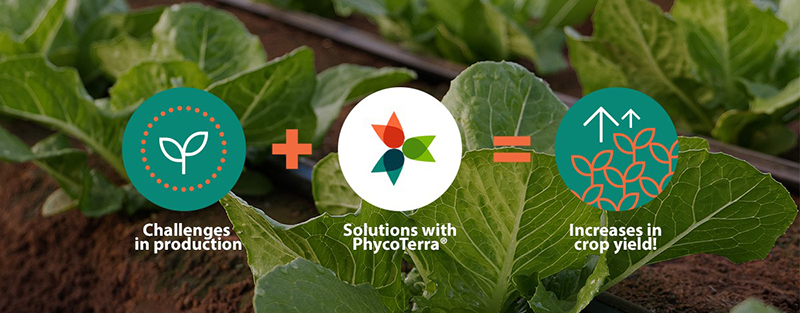Carolina Farmers Brace to Face Down Hurricane Florence

This satellite image from the National Hurricane Center shows Hurricane Florence racing toward the Eastern Seaboard. Farmers and residents in the target areas are preparing for the worst and hoping for the best.
Though the 2018 Atlantic hurricane season got off to a slow start, the switch has flipped in September with all eyes on Hurricane Florence — at the moment. The storm, which has fluctuated in strength since forming off Africa, appears to have found its power source with sights set for the North/South Carolina coast. As of this posting, forecasters and computer models are projecting Florence to make landfall sometime early Friday. [UPDATED, Sept. 13, 9:00 a.m.]
Mark Hoffmann, Small Fruits Extension Specialist and Assistant Professor at North Carolina State University, says potential impacts on the area’s fruit crops could be significant. “For grapes, the crop loss can be devastating, especially in Eastern North Carolina,” he said. “It’s harvest time. Muscadines are the predominant grape in Eastern North Carolina and it is critical that growers will harvest before the rain and the wind will intensify. With heavy winds approaching this region as well, damages to trellis systems and vines are possible. Also, the Piedmont Region and the Yadkin Valley will be affected by heavy rains, which has the potential to affect especially the crop of think skinned varieties.”
The area’s strawberry production is at a different stage, so potential impacts might not be truly felt until next season. “Extended-season production (strawberry) growers have their plants already in the ground, so do spring production growers with bare-roots,” Hoffmann confirms. “It is imperative for those growers to make sure the plastic is tight to the bed and that no loose plastic is at the edges.”
Hoffmann says most spring production growers are about to lay plastic and now will have to delay their operation. “With all the rain expected, operations can be delayed up to two weeks, which will impact the plants ability to grow and therefore most likely negatively impact the performance of next year’s crop.”
Ahead of the storm, Hoffman has been busy fielding questions from concerned growers. To help, he posted some basic tips for preparation in two recent blog entries directed specifically at the state’s grape growers and strawberry producers.
So, what about after the storm? Hoffmann advises the following:
- “[For grapes] Inspect your vineyard for any damages. Remove broken trunks, cordons, etc., from the vineyard. Prepare to replace some parts of the trellis system and to replant some vines. It is important to clean debris before dormant season, since it can harbor pathogens.”
- “[For strawberries] Try to use row-covers in the fall to enhance GDD (growing degree days) in your spring production. Extended-season producers should inspect field/tunnels for potential damage. Be prepared to replant and/or redo some of the plastic. If you have tunnels, be prepared to have replacement material at hand.”
Finally, as Florida growers will attest from recent experience, make sure to re-familiarize yourself with your crop insurance policy and coverage options.









